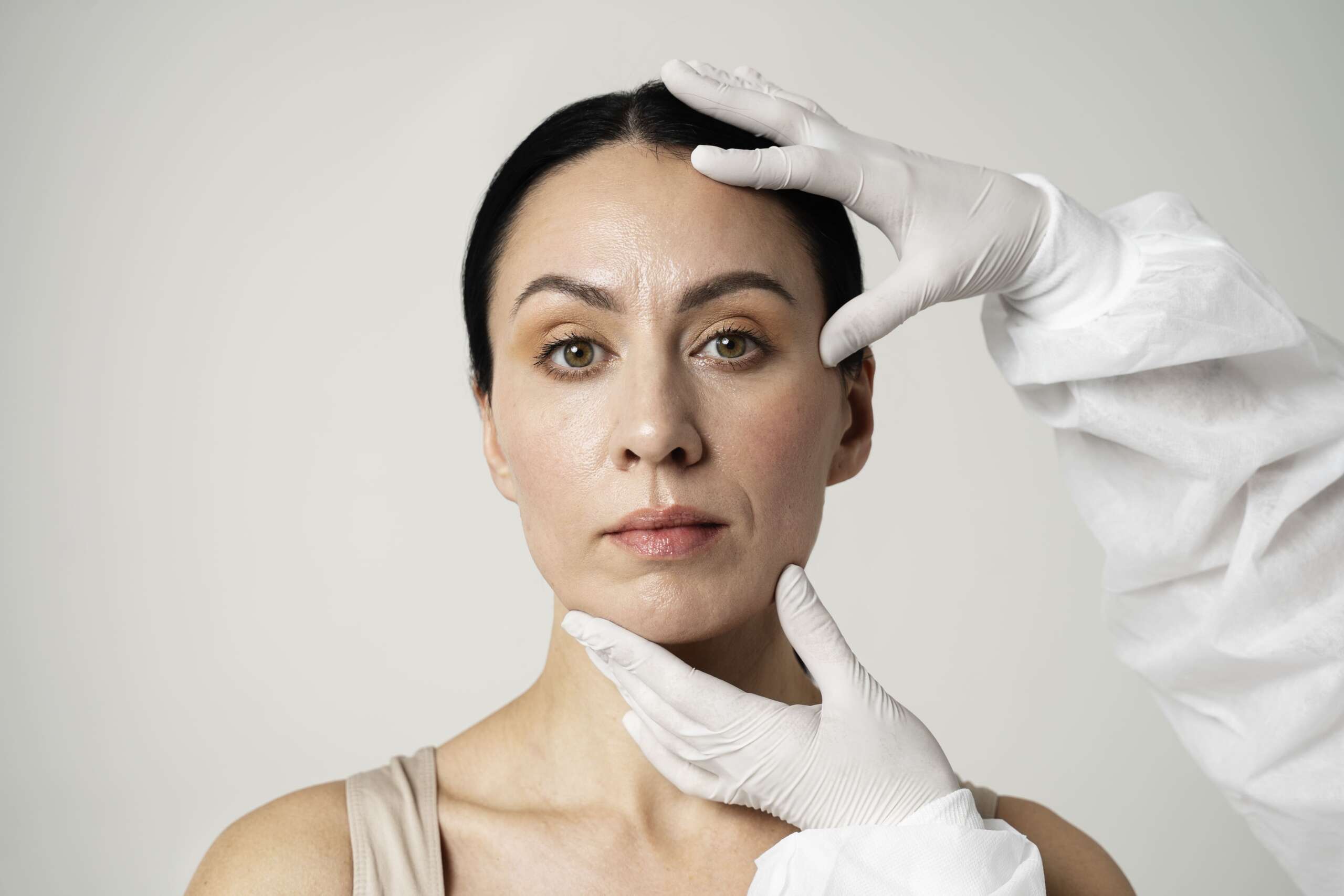Facial Trauma Treatment in Visakhapatnam by Dr. Durga Prasad at Durga Prasad Plastic Surgery Clinic
Facial trauma, also known as maxillofacial trauma, refers to any injury to the face that can affect the skin, muscles, bones, and soft tissues. These injuries can result from accidents, falls, sports injuries, or physical assaults. Prompt and effective treatment is essential to restore both function and appearance, as facial trauma can affect breathing, vision, speaking, and eating, as well as lead to disfigurement if not addressed correctly.
At Durga Prasad Plastic Surgery Clinic in Visakhapatnam, Dr. Durga Prasad, a highly experienced and skilled plastic surgeon, specializes in the treatment of facial trauma. Using advanced techniques and state-of-the-art equipment, Dr. Prasad ensures that patients receive the best care possible, focusing on restoring function and aesthetic appearance with minimal scarring and downtime.
Types of Facial Trauma Treated by Dr. Durga Prasad Facial Trauma Treatment in visakhapatnam
- Fractures:
- Nasal Fractures: Broken noses are common facial fractures. Dr. Prasad realigns the nasal bones and cartilage to restore the shape and function of the nose.
- Mandible (Jaw) Fractures: Jaw fractures can cause misalignment of the teeth and difficulty in chewing or speaking. Treatment may involve wiring the jaw or using plates and screws to stabilize the bone.
- Maxillary (Upper Jaw) Fractures: Upper jaw fractures can affect the midface and require precise realignment to ensure proper function and appearance.
- Orbital (Eye Socket) Fractures: Fractures around the eye socket can impair vision and cause cosmetic deformities. Dr. Prasad carefully repairs these fractures to restore both function and appearance.
- Zygomatic (Cheekbone) Fractures: Cheekbone fractures can cause facial asymmetry. Surgical intervention helps reposition the cheekbones to restore balance to the face.
- Soft Tissue Injuries:
- Lacerations and Cuts: Deep cuts or lacerations on the face may require suturing to prevent scarring and restore normal function. Dr. Prasad uses advanced stitching techniques to ensure minimal scarring.
- Tissue Loss: In cases where tissue has been lost due to trauma, reconstructive procedures such as skin grafting or tissue flaps may be necessary to restore the affected area.
- Nerve Damage: Injuries that affect the facial nerves can result in partial or complete paralysis. Dr. Prasad may recommend surgical intervention to repair the damaged nerves and restore movement.
- Dental Trauma:
- Tooth Fractures or Displacement: Dental injuries are common in facial trauma cases. Dr. Prasad works with dental specialists to repair or replace damaged teeth and realign the bite.
- Complex Combined Injuries:
- Some facial trauma cases involve multiple injuries, including fractures and soft tissue damage. Dr. Prasad designs comprehensive treatment plans to address all aspects of the injury and ensure optimal functional and aesthetic outcomes.
Diagnostic and Treatment Process Facial Trauma Treatment in visakhapatnam
- Initial Consultation and Assessment:
- During the initial consultation, Dr. Durga Prasad will conduct a thorough physical examination to assess the extent of the trauma. This may include imaging tests such as X-rays or CT scans to evaluate fractures and soft tissue damage. Based on this assessment, he will create a personalized treatment plan tailored to the patient’s specific needs.
- Treatment Options: Depending on the severity of the injury, treatment may include:
- Surgical Intervention: In cases of fractures or complex injuries, surgical repair is often required. Dr. Prasad uses precise surgical techniques to restore the bones, muscles, and soft tissues to their natural position.
- Non-Surgical Treatments: For minor injuries, non-surgical approaches such as wound care, splinting, and physical therapy may be sufficient.
- Reconstructive Surgery: For severe trauma involving significant tissue loss or disfigurement, reconstructive procedures such as skin grafts, tissue flaps, and facial implants may be recommended.
- Scar Revision: If trauma results in scarring, Dr. Prasad can perform scar revision procedures to improve the appearance of the scars and restore a more natural look to the face.
- Recovery and Aftercare:
- Post-Surgical Care: After surgery, Dr. Prasad will provide detailed post-operative instructions to ensure proper healing. This may include medications, wound care, and follow-up appointments to monitor progress.
- Rehabilitation: In cases of extensive trauma, rehabilitation may be required to regain full function of the face. Dr. Prasad may work with physical therapists to create a rehabilitation plan that includes exercises to restore facial movement and strength.
Minimizing Scarring: Special care is taken to ensure minimal scarring. Dr. Prasad uses advanced techniques to close wounds and reduce scar visibility.

